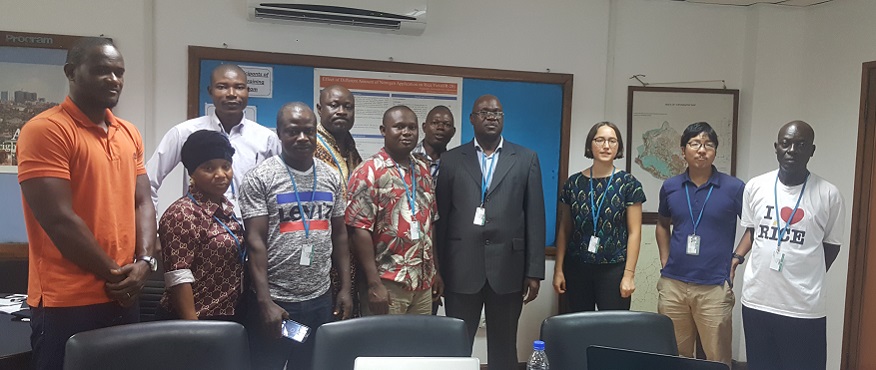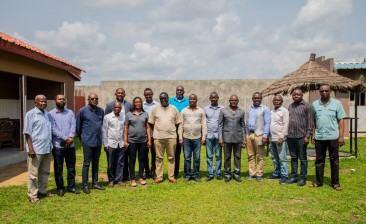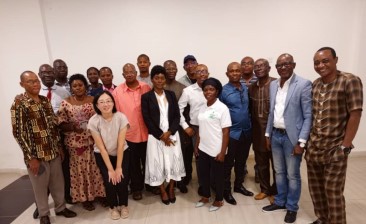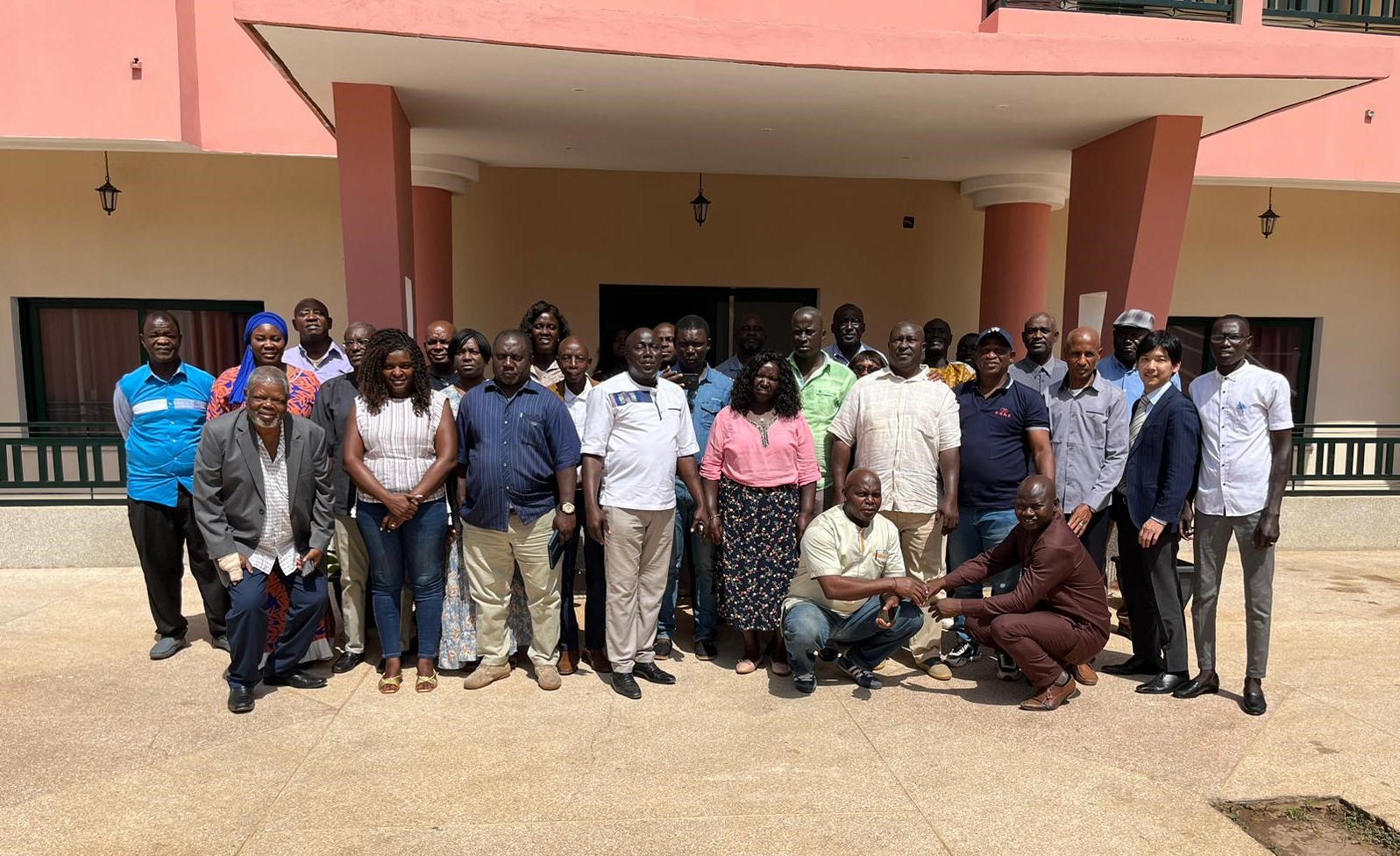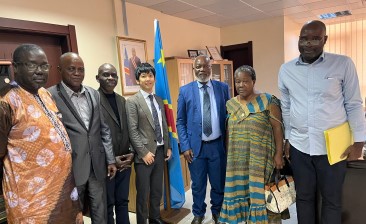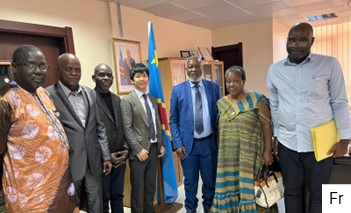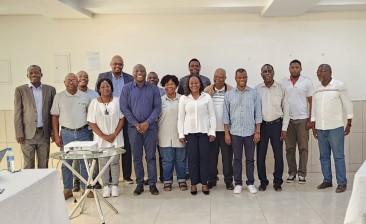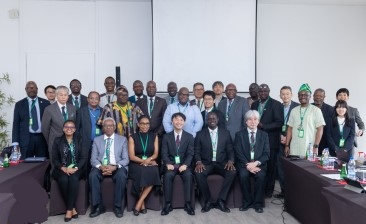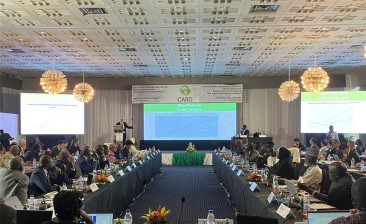Liberia, March 2019
1st working week for NRDS revision was held in Monrovia in March 2019
Rice is a very important food crop in Liberia, the per capita rice consumption in Liberia 133kg/person/year is one of the highest in Africa. The country continues to import large quantity of rice in order to meet local demand, and this is putting much pressure on the foreign reserve. Liberia was among the second group countries of the first phase of CARD. The Liberia National Rice Development Strategy which was formulated in 2012 came to an end in 2018, therefore a new NRDS which will serve as a road map for rice sector development needs to be formulated. The objective of this working week was to guide the Task Force (TF) in formulating a new National Rice Development Strategy.
The NRDS working week was organized between 4th March and 8th March 2019 in the conference room of Japan International Cooperation Agency Liberia Office in Monrovia with 14 participants, with a CARD consultant as a facilitator. A total of 14 task force members representing various segments of the rice value chain including the private sector participated in the one-week brain storming workshop. After much deliberation, the TF members agreed to revise the current NRDS document to incorporate the missing gaps rather than developing a completely new NRDS.
Based on the general consensus to revise the current NRDS, the first day of the working week was devoted to evaluating the NRDS-1, to find out if the goals as envisaged were achieved. Thereafter the CARD consultant enumerated the expectation from the workshop after which the participants were divided into two groups for break out discussions. The template as supplied by CARD was used as a guideline for the breakout discussions.
Day 2 and 3 were devoted to group discussions. The groups carried out situational analysis of the sub-sectors that make up the rice value chain, thereafter the challenges/bottle necks that were hindering the sector from developing were identified and means of mitigating the challenges were then proposed.
Day 4, each of the two groups made presentation in a plenary for general discussions and revisions. Thereafter targets for NRDS-2 were set. In setting the target, the annual population increases (2.59%) as well as per capita consumption of 133kg/person/year were used as benchmarks. The members agreed that Liberia could be self-sufficient in rice production if a 5-fold increase is realized between 2019 and 2030 culminating in increasing paddy production to 1,343,553 MT and consumption to 855,375.2 MT (278,000 MT and 448,000 MT, in 2017 respectively). Even though the members agreed that a 5-fold increase was somehow ambitious; however they equally noted that the target for NRDS 1 was set at 1.9 fold increases, then NRDS-2 should be more progressive looking rather than retrogressive. Therefore, NRDS-2 envisioned achieving self-sufficiency through sustainable rice value chain development and the goal is to increase rice production by 5 fold by 2030. The baseline was set as 2019, mid-term review at 2025. More discussions on target setting continued on day five and the working week ended with the discussions on way forward.
The next steps are to consolidate the outcome of this workshop by the end of March, followed by preparation of a first draft of the NRDS-2 towards the end of April by the Ministry of Agriculture.
